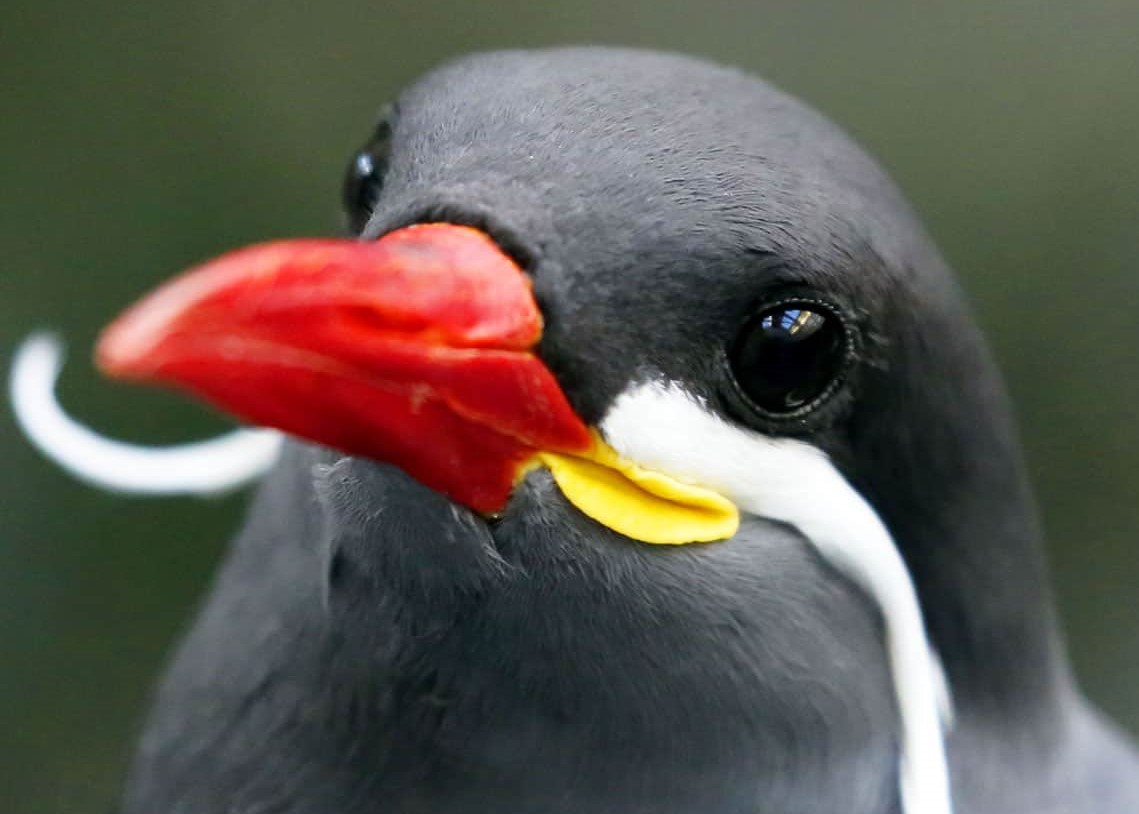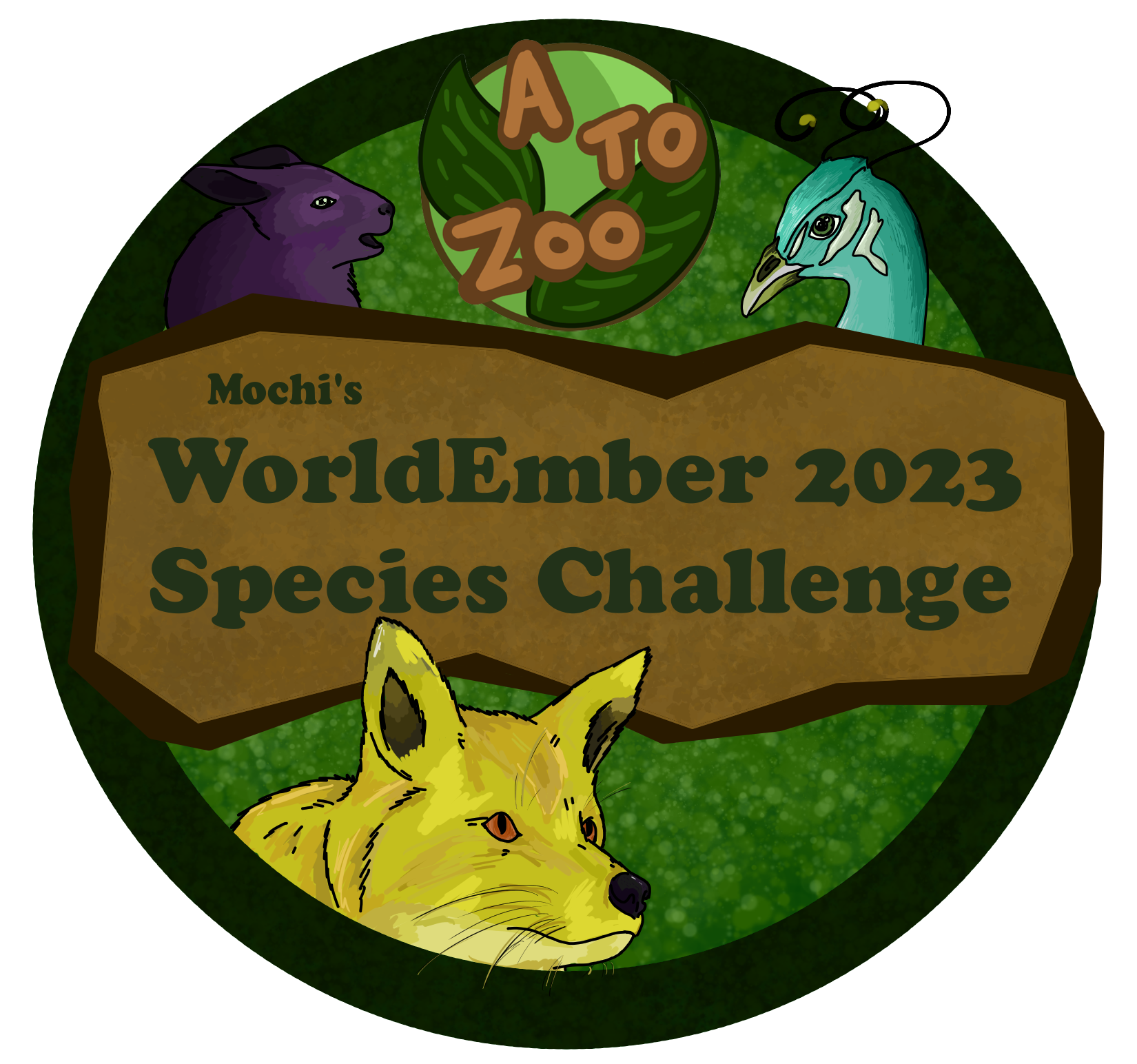Gimunuehoa (Lit. ‘Eatgrowbirth’ or 'Rootstemleaf')
Also known as 'Waking Reed'
Public botanologic record
Property of the Royal Atheneum of Hövnís, Eörpe
Gimunuehoa is family of tall, reed-like aquatic plants found abundantly across Biegjun.
Etymology & Definition
The Gjevasudit name for the waking reed was of particular linguistic interest due to its highly atypical composition, and because it’s allegedly the origin of the Voehn grammatical terms for its steps in word formation: ‘rogima’ (‘word root’), ‘tunue’ (‘word stem’), and ‘jabuh’ (‘word leaf’). 'Waking Reed' is the descriptive name the local Suszukoro researchers gave it before the native name was known. It refers to the plant's strong photonastic tendencies, where the broad leaves follow the motion of the planet's central suns, Helsiinak and Vuhttnja.The Duplolexeme Enigma
At first glance, 'Gimunuehoa' appears to be a simple but atypical compound of the infinitive verbs ‘gimu’ (‘to eat’), ‘nueh’ (‘to grow’), and ‘oa’ (‘to birth’).
These three segments were later discovered to at the same time contextually serve as nouns describing the three major parts of most flowers and grasses: ‘root’, ‘stem’, and ‘leaf’ respectively. This would mean that it’d be equally correct to translate the plant’s name as ‘Eatgrowbirth’ and ‘Rootstemleaf’.
Only a few similar cases have been found in currently known Gjevasudit languages, all of them names with unclear etymological origins. Normally verbs are root words that are derived into other syntactic categories via predictable affixes.
In the Ljuuhovii tribe's language, for example, the verb ‘gimu’ (‘to eat’) is derived into a noun by suffixing ‘lu’ (‘gimu’ -> ‘gimulu’ / ‘food’) and into an adjective by prefixing ‘aruh‘ (‘gimu’ -> ‘aruhgimu’ / ‘edible’). Several affixes can be added onto a single root, and they are order- and position-sensitive for building context: ‘aruhlugimuju’ (aruh(adj.)-lu(n.)-gimu(v.)-ju(neg.)) is a noun that contextually translates to ‘spoiled food’. To complicate it further, a noun can be incorporated into a root verb by adding it as a suffix: ‘gimuaruhlugimuju’ (gimu(v.)-aruh(adj.)-lu(n.)-gimu(v.)-ju(neg.)) is a verb that contextually translates to ‘to eat spoiled food’.
Habitat & Population
Gimunuehoa is the largest and most commonly found family of reed grasses on Biegjun, with different species spread across the temperate and both subarctic bands. It grows in the fresh or moderately saline, damp soils of wetlands. Along the temperate band some species have also adapted to grow in proximity of large bodies of water, such as lakes and wide, calm rivers.Geographic Origin
Not enough research is available to determine the exact origin of the wakeful reed, but the vast wetland region of Pahlamuut is a strong candidate as its mires, muskegs, and swamps feature the largest variation of Gimunuehoa species.Interspecies Relations
Gimunuehoa leaves and seed buds are the primary food source of the territorial Taljakka and other wetland herbivores. It’s also an auxiliary food source for the more placid, flatlands-living Hukhajya. During periods of food scarcity, Hukhajya herds are known to seek out plots of waking reeds along lakes, rivers, and the edges of wetlands to dig for the edible roots. Many Bieggjan tribes attribute their discovery of the reed’s usefulness as a food source and crafting material to observing this behavior.Taxological Data
Biological Data
Phototropic
Photonastic
Geolocational Data
Edges of Lakes & Rivers




I love the talk about the linguistic origins of the name. <3
Explore Etrea | March of 31 Tales
Glad to hear! It was just a spontaneous thought I wanted to type down, and after WE I might fill out some more actual info about this poor plant. :D